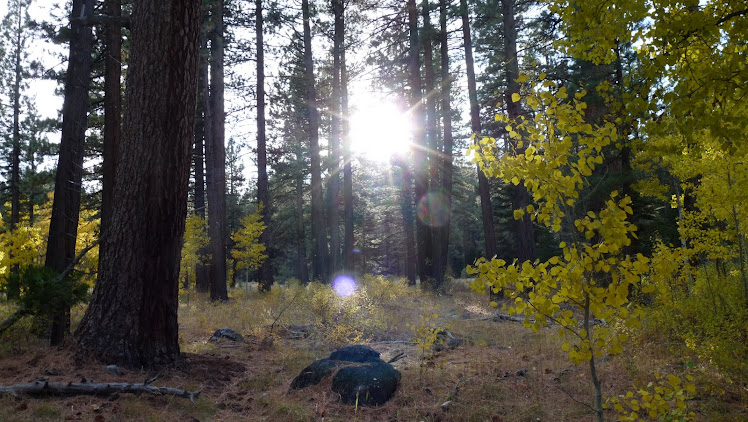 |
| Photo taken at the Yolo Wool Mill annual Mill In. Variety of yarns soaking in natural dyes. |
The process is usually very simple; chop up plant/fungal/seed matter, simmer in water, add vinegar, add yarn and soak. Many plants require an extra step however which sometimes can complicate matters.
Many dyes need “mordants” to fix the dye to the fiber. It allows the fiber to open up and accept the dye more easily. This creates problems for those who are looking to use natural dyes to make the process cheap and environmentally friendly. Chemical mordants like chrome, copper, tin, and iron can be treated as hazardous waste and must be purchased by the dyer.
For a more simple, cheap, and less hazardous process there are a few plants that can function as natural mordants. Rhubarb leaves, Sheep Sorrel, and Fir Clubmoss.
“Modifiers” are also used to alter the pH of the dye bath to change the color results. Ammonia is usually used to make the dye bath more alkaline. Ammonia can potentially cause respiratory problems and skin inflammations. Soda ash and even wood ash can be used instead to alter the dye bath color.
In tinkering with these processes, designers can create consistently unique yarns and fibers. The process allows designers to relinquish control and feel okay leaving things up to chance to a certain degree. Play and experimentation are very important for the design process.
By bringing the dyeing process to your own kitchen or back yard, designers also can become more acutely aware of regional plant life.

No comments:
Post a Comment